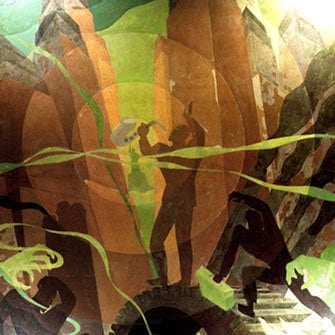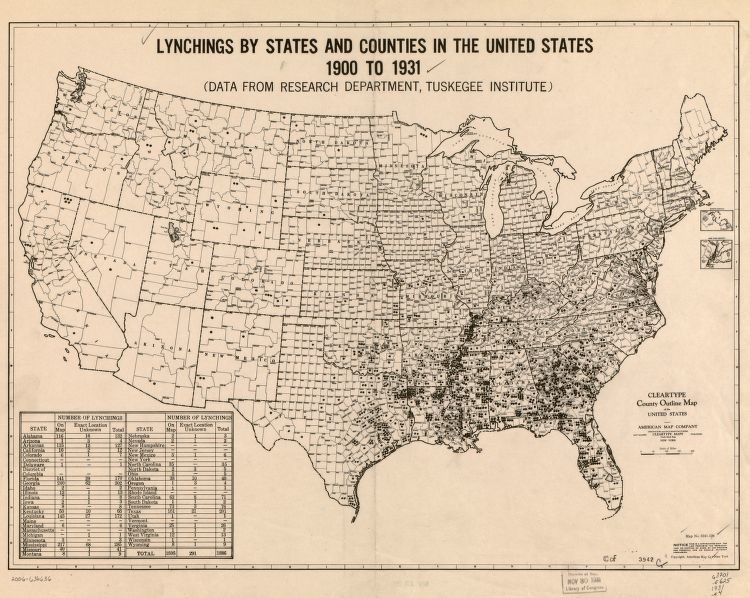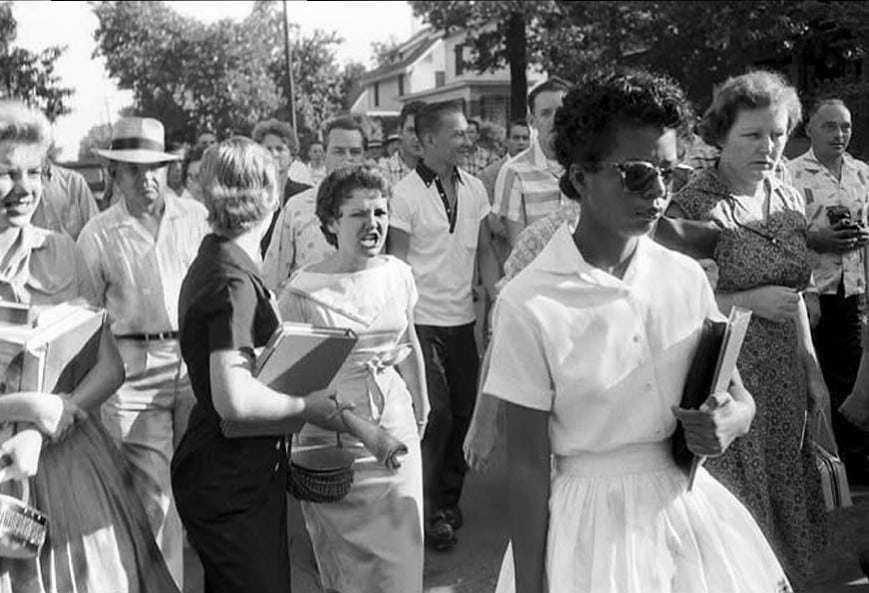 The topic of my document-based lesson project was the period of Reconstruction as viewed through political cartoons published in the time period from 1865-1877. In the lesson, students are asked scaffolding questions which help them engage with the historical thinking skills of contextualization and sourcing. Using the images I chose, students will be able to develop an understanding of how Americans in different parts of the country may have felt about policies enacted during Reconstruction, and about the period as a whole. I intentionally chose certain cartoons that depicted vivid images and which reflected various opinions of Reconstruction.
The topic of my document-based lesson project was the period of Reconstruction as viewed through political cartoons published in the time period from 1865-1877. In the lesson, students are asked scaffolding questions which help them engage with the historical thinking skills of contextualization and sourcing. Using the images I chose, students will be able to develop an understanding of how Americans in different parts of the country may have felt about policies enacted during Reconstruction, and about the period as a whole. I intentionally chose certain cartoons that depicted vivid images and which reflected various opinions of Reconstruction.
In the initial stages of developing this lesson, I had the idea that I might want to focus primarily on political cartoons for this lesson. There are so many available from this time period, and so many with such vivid imagery that allow students to engage in analysis with very little background knowledge. As I began to collect documents for this lesson, I was a bit worried that I did not have enough content, and that I might need to include other types of documents. However, because Reconstruction is such a large topic, and because there are so many different lenses through which it can be understood, I found that it was easier to stick with the medium of political cartoons, and engage with them more deeply. In this way, students get the opportunity to engage with the controversy of how to rebuild after a terrible and destructive war that changed multiple aspects of society.
In secondary history classes, topics such as Reconstruction are rarely discussed; if they are, very little time is spent uncovering the controversy and complexity of the time period. However, Reconstruction is a period in America’s history that began the current stream of history. By understanding the period following the Civil War, students can begin to see how America’s history has shaped its present. For instance, certain racial policies enacted during Reconstruction played a major role in Americans’ later perceptions of race and racial constructs. It isn’t an easy time period to untangle, certainly another reason why it rarely is at the secondary level. However, giving students primary sources to discuss and explore give them an effective entry point into the time period and the topics surrounding some difficult issues of Reconstruction.
At the end of this particular lesson, numerous different activities could be assigned. In the creation of this lesson, I wanted to leave the final product/assignment open because there are so many creative ways to assess understanding of the cartoons and the ideas and values they present. When I discussed possible options for closing assignments for this lesson, various suggestions were given. My favorite assignment idea was to have students create their own political cartoon using similar themes and imagery from the cartoons that they explored in the lesson. This could be done either about Reconstruction issues or even current events. This would allow students to make connections across topics and time periods.
Image Credit: Library of Congress
Title: A proper family re-union
Creator: Oscar Henry Harpel
Date Created/Published: 1865.
Summary: A biting cartoon showing Confederate president Jefferson Davis in league with both the devil and Revolutionary War traitor Benedict Arnold. Arnold and Davis stir a cauldron of “Treason Toddy,” a brew into which the devil drops miniature black slaves. The devil holds a pitchfork and gloats, “I feel proud of my American sons–Benedict and Jeff.” Davis, dressed in a bonnet, shawl, and dress (see “The Chas-ed “Old Lady” of the C.S.A.,” no. 1865-11), explains to his fellow traitor, “Well, Arnold, the C.S.A. [Confederate States of America] are “done gone” so I have come home.” Arnold greets him, “Welcome, Davis! Thou shalt be warmly received by thy father.” At the cauldron base, marked “1865,” lie two skulls, marked “Libby” and “Andersonville,”–no doubt intended to represent Union victims of the two notorious Confederate prisons Libby and Andersonville. Copperheads writhe on the ground. Near Davis’s feet are a bag of “Stolen Gold” and a valise marked with his initials and “C.S.A. 1865.”




